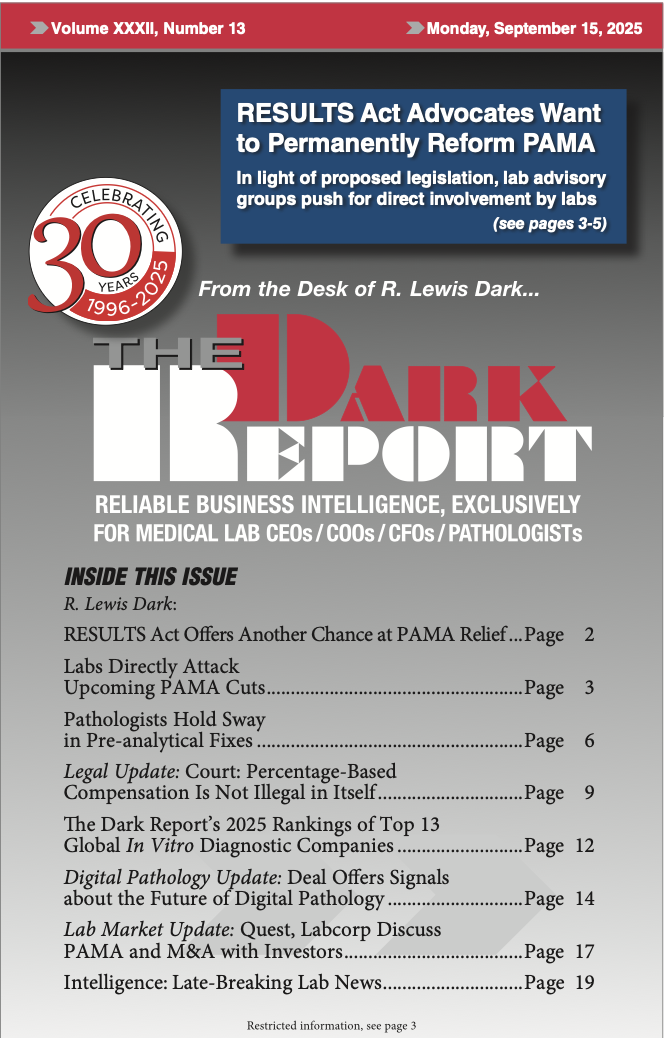TAG:
Histology
Histology
Histology is a branch of anatomy that deals with the study structure of animal and plant tissues that is only discernible with a microscope. It is also called microscopic anatomy, as opposed to gross anatomy, which involves structures that can be observed with the naked eye. The word “histology” is derived from two Greek words: histo, which means “tissue,” and logos, which means “study.”
Histopathology, the microscopic study of diseased tissue, is an important tool used in anatomical pathology, as accurate diagnosis of cancer and other diseases usually requires histopathological examination of samples.
Histological studies are often carried out by examining a thin slice (called a “section”) of tissue under a light microscope or an electron microscope on a prepared slide.
In order to distinguish different biological structures more easily and accurately, histological stains are often used to add colors to, or enhance the colors of, certain types of biological structures to allow them to be more easily differentiated from other types of structures. Staining is employed because biological tissue has little inherent contrast when observed using either light or electron microscopes.
Trained physicians, frequently licensed clinical pathologists, are the personnel who actually perform histopathological examinations and provide diagnostic information based on their observations of the tissues being tested.
The trained personnel who prepare histological specimens for examination may go by a number of titles, including:
- Histotechnician
- Histology technician (HT)
- Histology technologists (HTL)
- Medical scientists
- Medical laboratory technician
- Biomedical scientist
Their field of study is called histotechnology.
Histology has seen recent changes as technological advances in automation have influenced the field. Automation allows for the reduction of the workload of manual task needed to prepare and track histology specimens. Artificial intelligence also is playing a growing role in supporting the analysis of sections, supporting anatomic pathologists during their examinations of samples.
Scripps’ Tumor Board Finds Value in Digital Imaging of Slides
By Robert Michel | From the Volume XVI No. 14 – October 12, 2009 Issue
CEO Summary: When the Pathology Department at Scripps Memorial Hospital in La Jolla, California, was considering the purchase of a digital imaging system, it gained unlikely allies. Non-pathologist physicians participating in the department’s tumor boards advocated for the purchase afte…
Using Lean to Cut Pap Test TAT Pays Off At Baystate Medical
By Robert Michel | From the Volume XVI No. 12 – August 31, 2009 Issue
USE OF LEAN METHODS HAS UNLOCKED major improvements at Baystate Health’s Department of Pathology in Springfield, Massachusetts. One Lean project cut average Pap test turnaround time by more than 50%. Another Lean project attacked errors with Advanced Beneficiary No…
Using Lean at Henry Ford Transforms Pathology TAT
By Robert Michel | From the Volume XVI No. 11 – August 10, 2009 Issue
CEO SUMMARY: Long-standing work flow traditions in anatomic pathology provide fertile ground for improvement with Lean and similar process improvement methods. That was the case at Henry Ford Health System, where empowered teams in the pathology laboratory employed the principles…
Why Wall Street Likes Histology Lab Business
By Robert Michel | From the Volume XVI No. 6 – April 27, 2009 Issue
CEO SUMMARY: Over the past two decades, investor-owned anatomic pathology companies captured significant market share from community hospital-based pathology groups while delivering profits to their owners. Despite the recent downturn in the economy, Wall Street believes histolog…
Medically Unlikely Edits Are Back–and a Problem!
By Robert Michel | From the Volume XVI No. 5 – April 6, 2009 Issue
CEO SUMMARY: On January 1, 2009, CMS implemented Phase VIII of its policy on medically unlikely edits (MUEs) involving about 100 laboratory CPT Codes. It also began to deny whole claims, not just the “medically unlikely” parts of claims. After hearing of the problem in early …
Denver’s UniPath Sells Its Histo Labs to APP
CEO SUMMARY: UniPath ended a long search for a business partner with ample capital and resources to help it continue its aggressive rates of growth in specimen volume, market share, and revenue. UniPath announced the sale of its technical laboratories to American Pathology Partne…
Did CMS Err in Issuing New Anti-Markup Rules?
CEO SUMMARY: In the latest anti-markup rules that took effect on January 1, CMS may have unintentionally stated that the anti-markup rule doesn’t apply when a pathologist is reviewing histology slides. While the rule itself is unclear, the commentary that accompanies the rule s…
Siemens, BioImagene, Clarient University of Pennsylvania, Mayo Clinic
By Robert Michel | From the Volume XV No. 14 – October 20, 2008 Issue
SIEMENS INVESTS IN DIGITAL PATHOLOGY, BUYS STAKE IN BIOIMAGENE IMAGING AND RADIOLOGY GIANT SIEMENS just made an interesting investment in digital pathology systems. On October 16, Siemens Venture Capital (SVC) revealed that it had purchased…
Pathology Boot Camp to Address Three Trends
By Robert Michel | From the Volume XV No. 14 – October 20, 2008 Issue
CEO SUMMARY: Anatomic pathology groups across the nation must develop effective strategies to address challenges in pricing, intensifying competition, and expensive new technologies. That’s the assertion of three pathology practice administrators who have organized a boot camp in Dallas…
Two U.S. Labs Pursuing ISO 15189 Accreditation
By Robert Michel | From the Volume XV No. 12 – September 8, 2008 Issue
CEO SUMMARY: In their first public interviews, the nation’s only two laboratories to seek ISO 15189:2007 accreditation share insights about the process, along with its challenges and benefits. Both laboratories are in the final stages of implementation and expect to earn accreditation b…
CURRENT ISSUE

Volume XXXII, No. 13 – September 15, 2025
The Dark Report examines a new bill that would reform PAMA and avoid reimbursement rate cuts scheduled for January 2026. Clinical laboratory leaders are urged to make their voices heard in Congress. Also, an expert describes how labs can fix pre-analytical errors and avoid disaster.
See the full table of contentsHow Much Laboratory Business Intelligence Have You Missed?
Lab leaders rely on THE DARK REPORT for actionable intelligence on important developments in the business of laboratory testing. Maximize the money you make-and the money you keep! Best of all, it is released every three weeks!
Sign up for TDR Insider
Join the Dark Intelligence Group FREE and get TDR Insider FREE!
Never miss a single update on the issues that matter to you and your business.
Topics
- Anatomic Pathology
- Clinical Chemistry
- Clinical Laboratory
- Clinical Laboratory Trends
- Digital Pathology
- Genetic Testing
- In Vitro Diagnostics
- IVD/Lab Informatics
- Lab Intelligence
- Lab Marketplace
- Lab Risk & Compliance
- Laboratory Automation
- Laboratory Billing
- Laboratory Compliance
- Laboratory Equipment
- Laboratory Information Systems
- Laboratory Management
- Lean Six Sigma
- Managed Care Contracts
- Molecular Diagnostics
- Pathology Trends
- People
- Uncategorized

